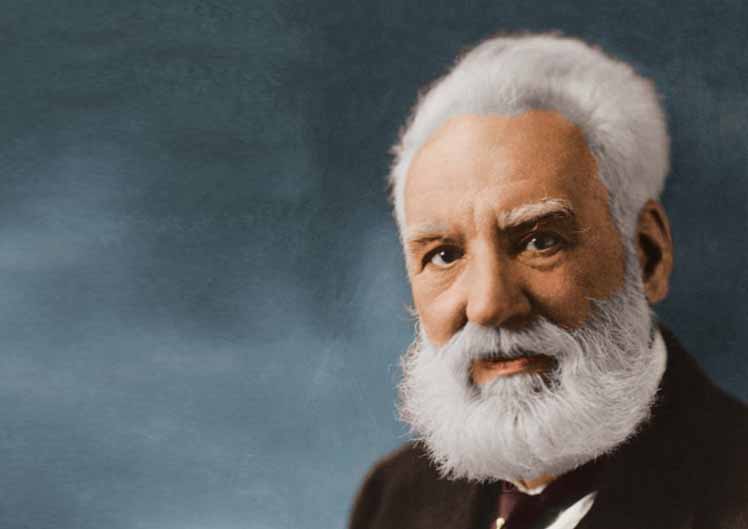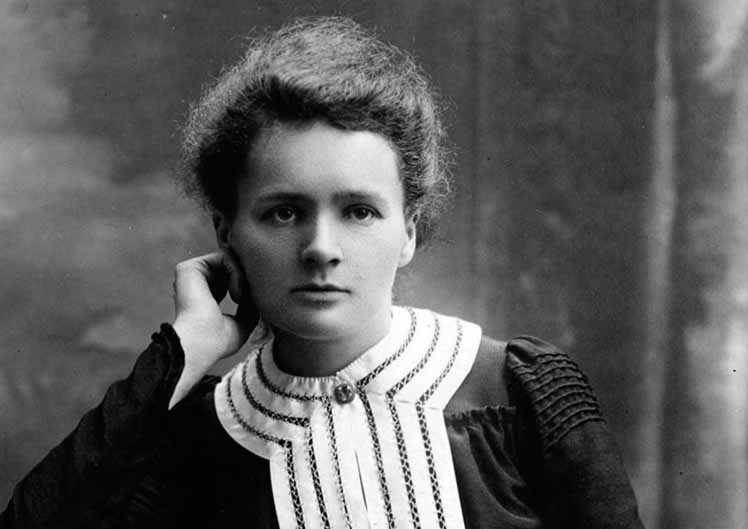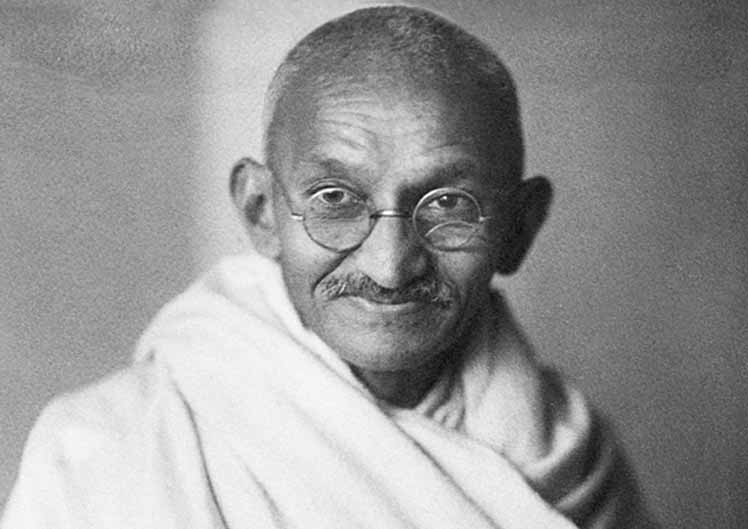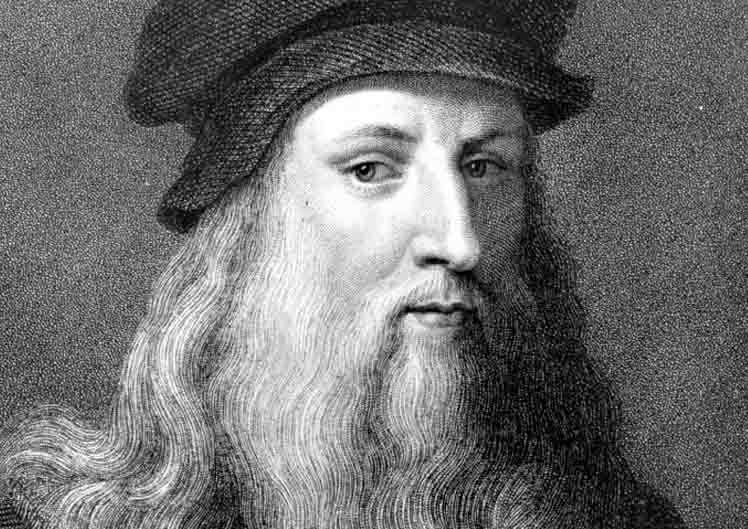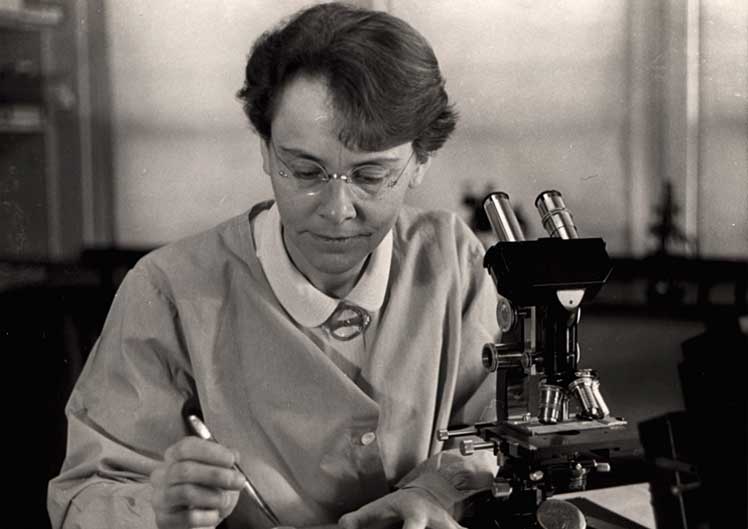Creative people that changed the world
Our journey of Creativity is possible with the help of our friends

Since the inception of time, great men and women have tried to bring about change in the world. These creative thinkers were always a step ahead of civilization. They sought to open doorways for people who could not see them for themselves, to challenge paradigms and lead society into a better and free world and produce innovations that would stand the test of time.
Let’s take a look at some of the greatest minds the world has ever seen:

